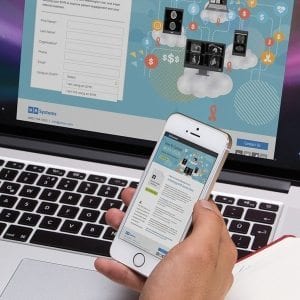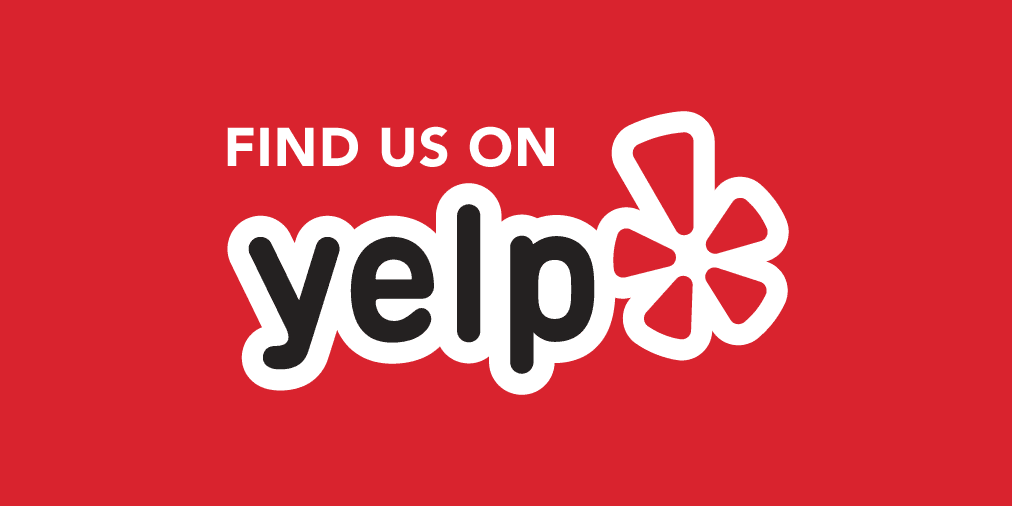
Heineken has worked hard to become a “gentleman’s beer.” Positioning Heineken as a premium beer around the world was orchestrated from the very beginning, with Heineken’s founder, Gerard Adiaan Heineken. The first family brewery was established in Amsterdam in 1864, and the following years ensued with the painstaking perfection of the Heineken lager recipe.
Hard work and care was put into developing the recipe before it was offered to the world to ensure the brand’s success. In 1874, Gerard Heineken deemed the lager recipe worthy of the global markets and ready for gentlemen’s enjoyment. Currently, the lager is sold in 196 countries and seen around the world as a premium beer.
Heineken is an incredibly adaptive brand, especially for one that has been in global markets for over 140 years. The brand’s strengths stem from its ability to adapt to new marketing trends, channels, and platforms.
Heineken’s “Legendary Man”
Heineken recently reassessed their brand’s marketing strategies and its key metrics. With the emergence of multiple social media platforms and new marketing channels, a reevaluation of marketing key metrics is necessary to determine what is considered “successful” marketing.
Heineken’s most recent marketing efforts are supported by the “Open Your World” platform, which features Heineken’s “Man of the World” in a variety of filmed adventures. The ads have been widely featured on TV and online, with great popularity and social success. The ads feature a handsome “Man of the World” getting mistaken for James Bond, making a magnanimous party entrance, going one-on-one with a martial arts master, and even wowing party guests with his perfect flute playing.
This “Man of the World” is an example of a Heineken “Legendary Man,” which has been driving the brand’s vision since 2010. The personification of the brand helps consumers build a relationship with the brand and create brand recognition.
Adapting for Local
One of the brilliant tactics of using the “Open Your World” platform is that it can be adapted to local markets and marketing channels. The campaign is not a one-off, multi-million dollar commercial- it is a platform to drive the vision of the brand.
In 2013, Heineken developed the “Voyage” campaign, which featured the “Departure Roulette” in New York’s JFK airport. The on-the-ground installation enticed travelers to abandon their original travel plans in favor of the chance to fly to an unknown city on Heineken’s tab. Some travelers were non-compliant and unable to break their plans, while others were willing to take the flight to the unknown. The purpose of the “Departure Roulette” was to promote a global message through local channels with the hopes of viral trending.
Marketing in Real-time
Social media platforms are best utilized in the present, rather than sitting back and waiting for the data to collect. Heineken understands this advantage and jumped right into the conversations that were emerging on social media networks about the brand’s “Departure Roulette.” Many social users expressed interest in the roulette wheel and wished they could have been a part of the campaign. Heineken’s response was to offer the opportunity to play the game to social users who had missed out.
Heineken’s ultimate strength lies in the brand’s ability to adapt to a changing marketing landscape, localize its campaigns, and relate to their fans on a personal level. It doesn’t matter if you are a multi-national, multi-billion dollar company, or a small mom-and-pop, relatability and recognition are key to successful branding.








